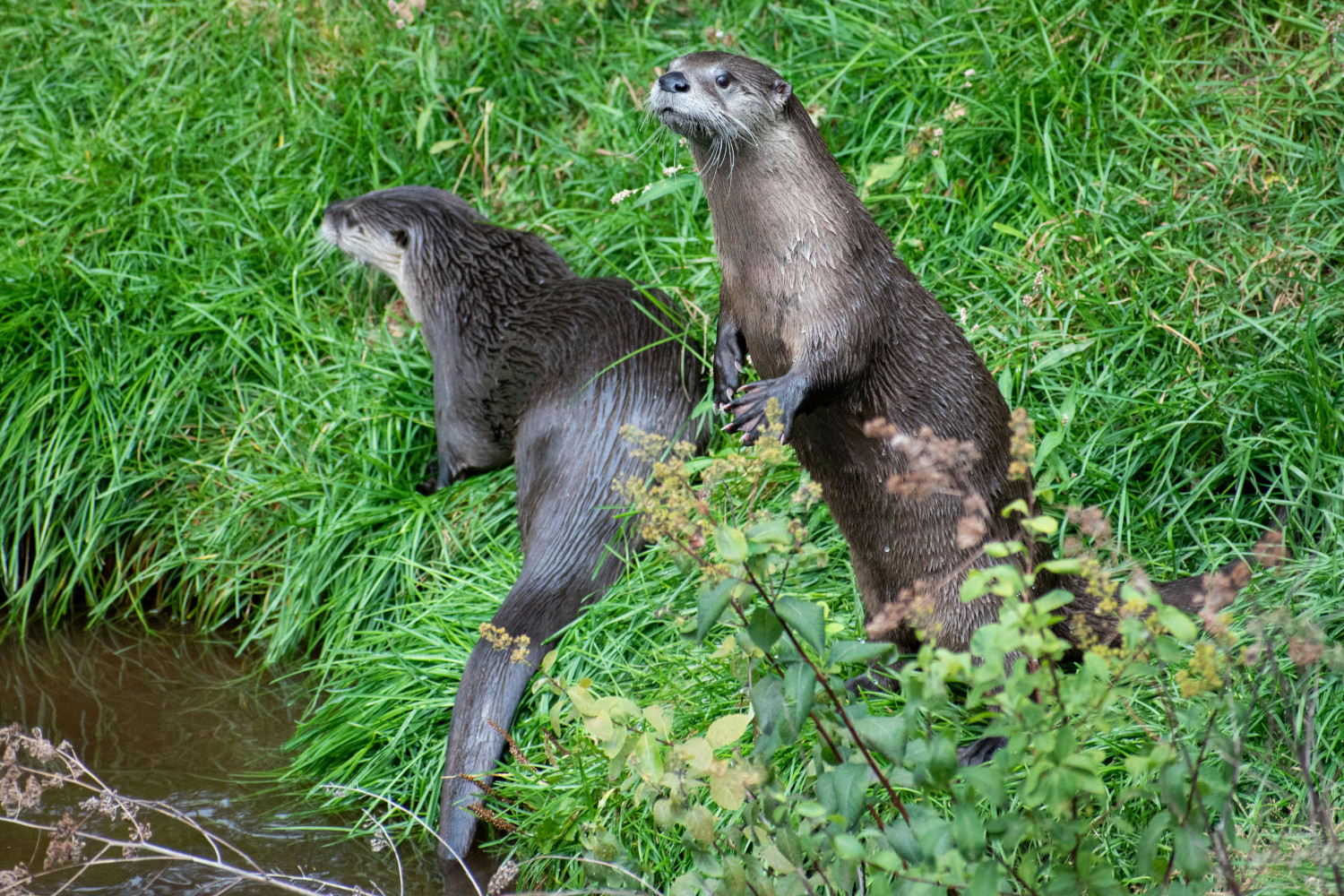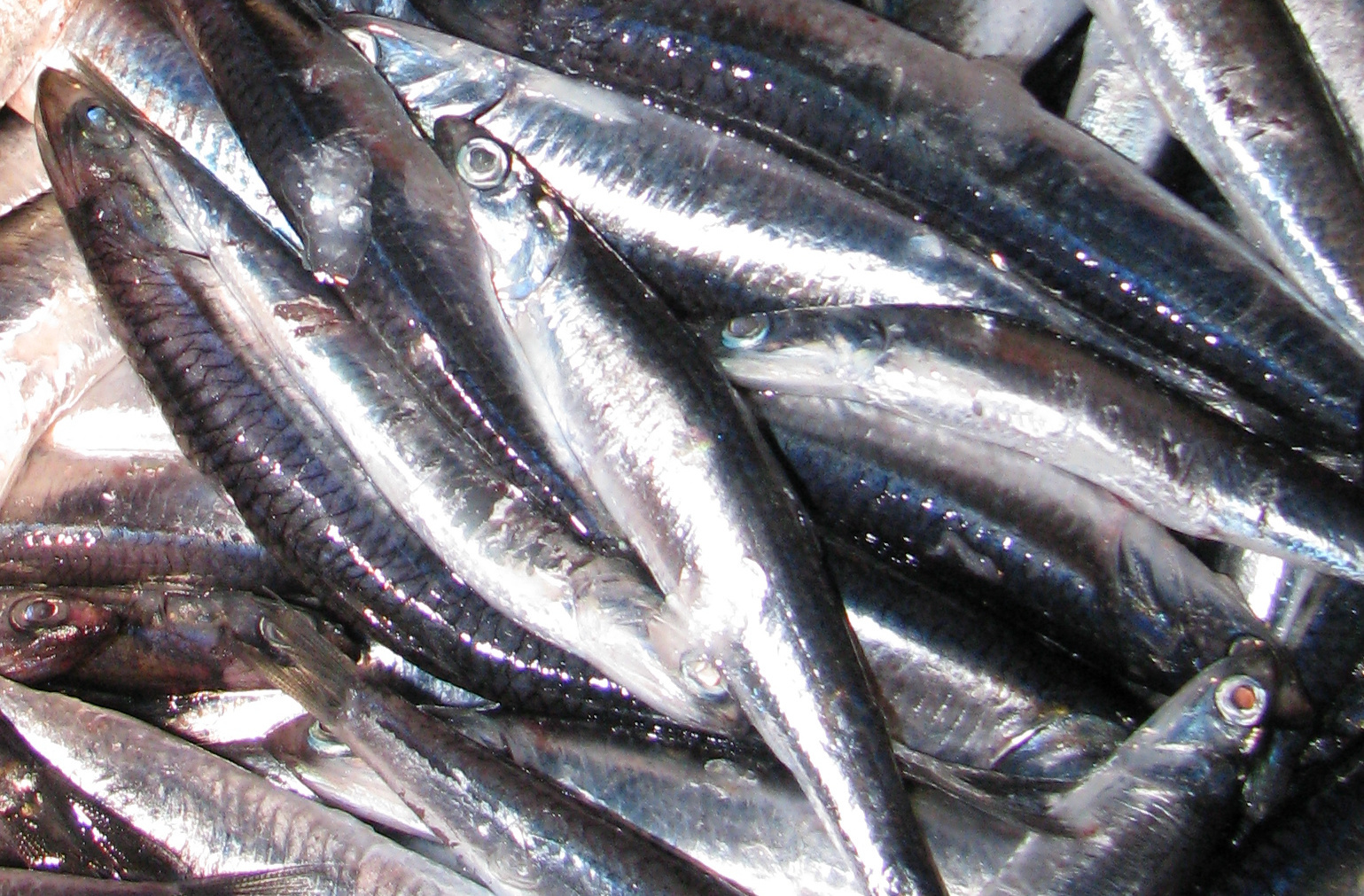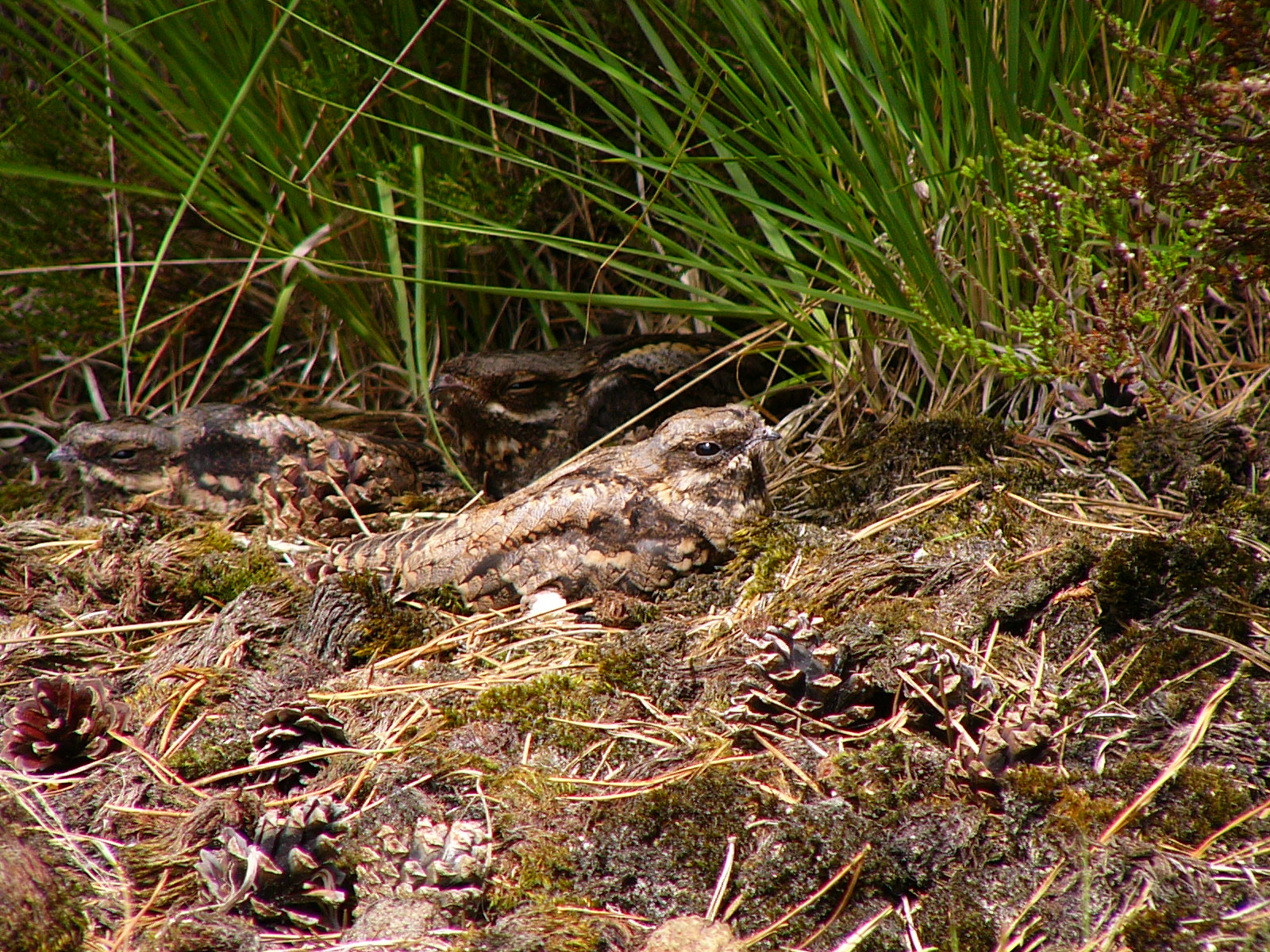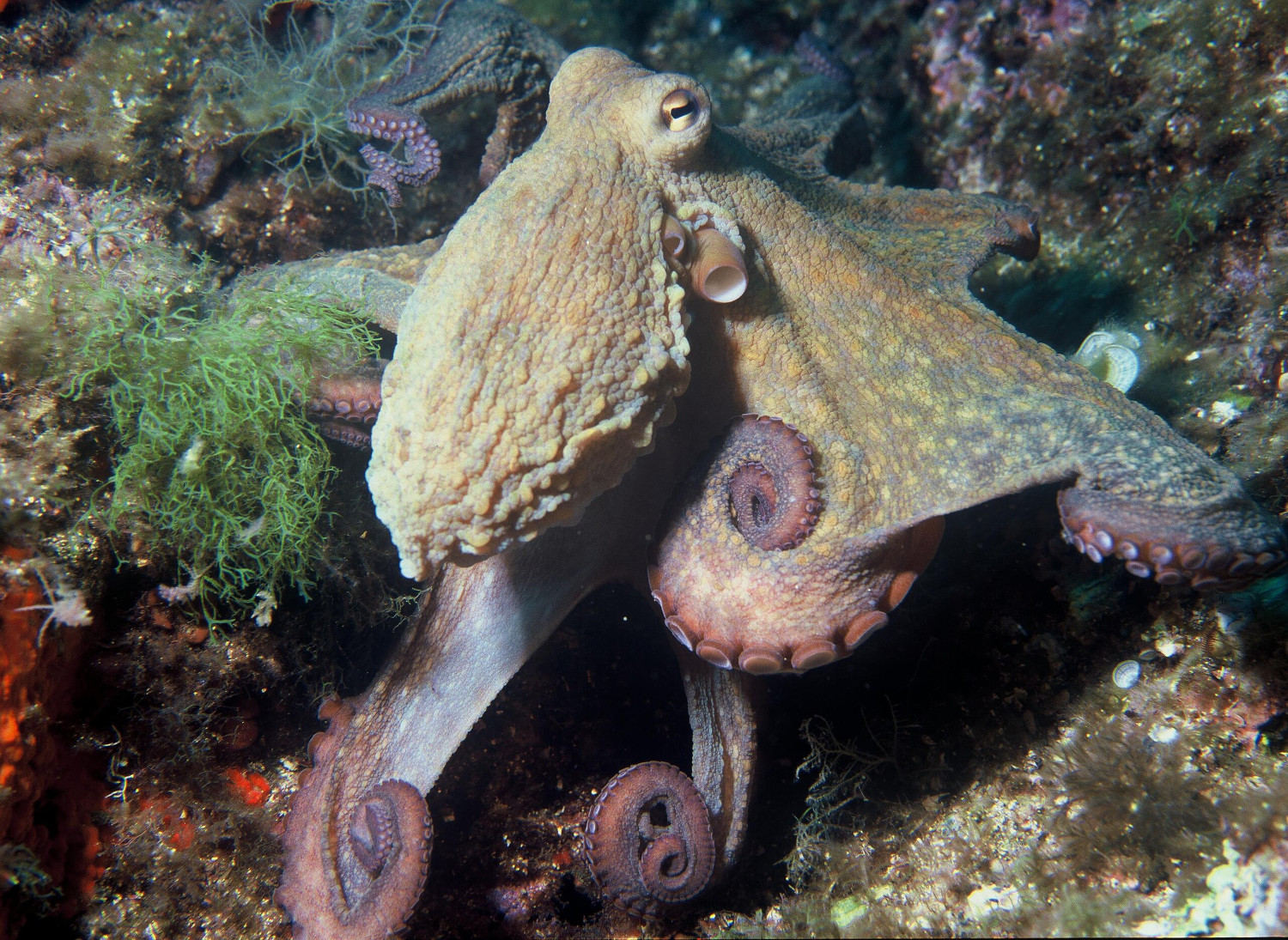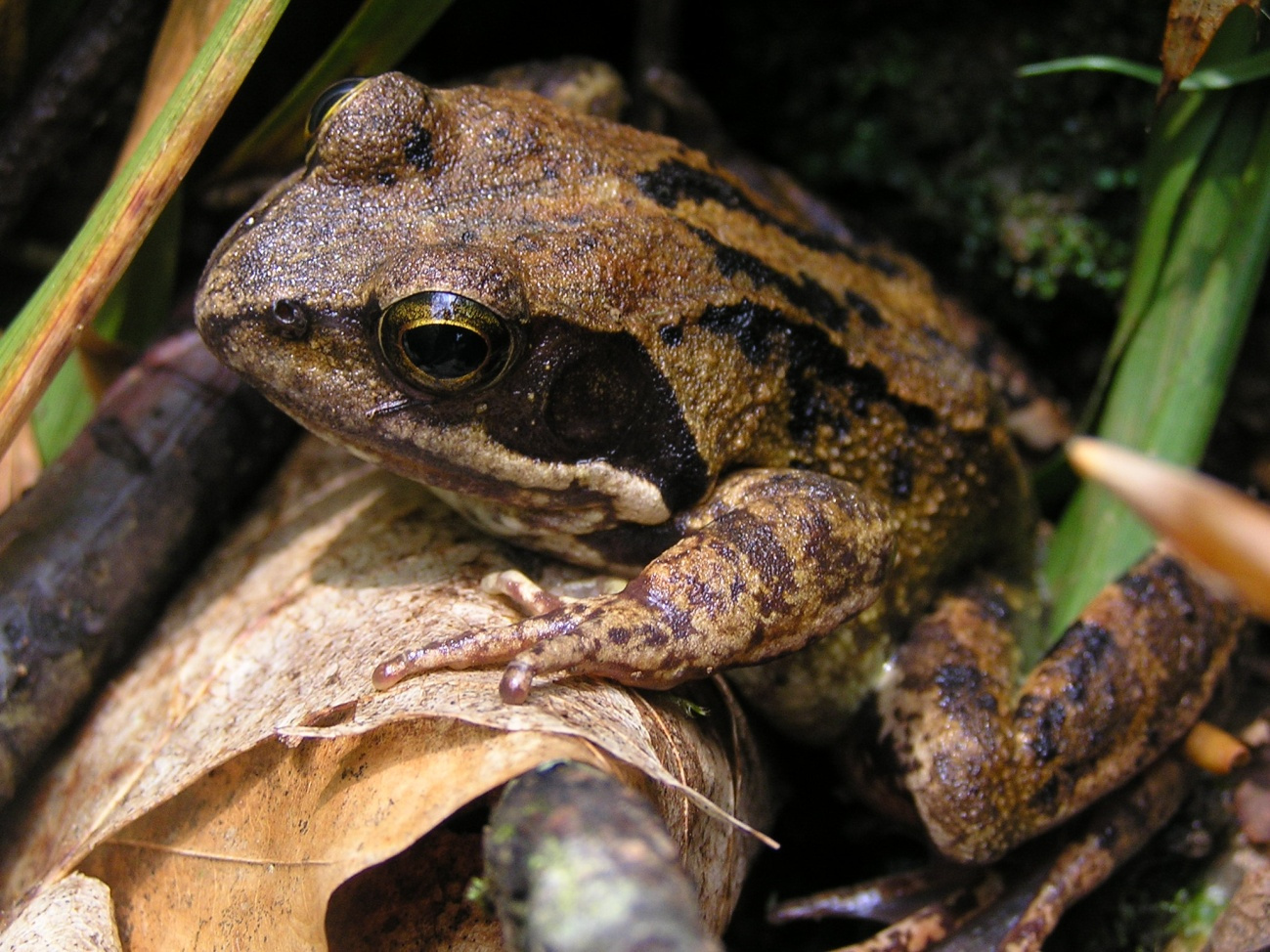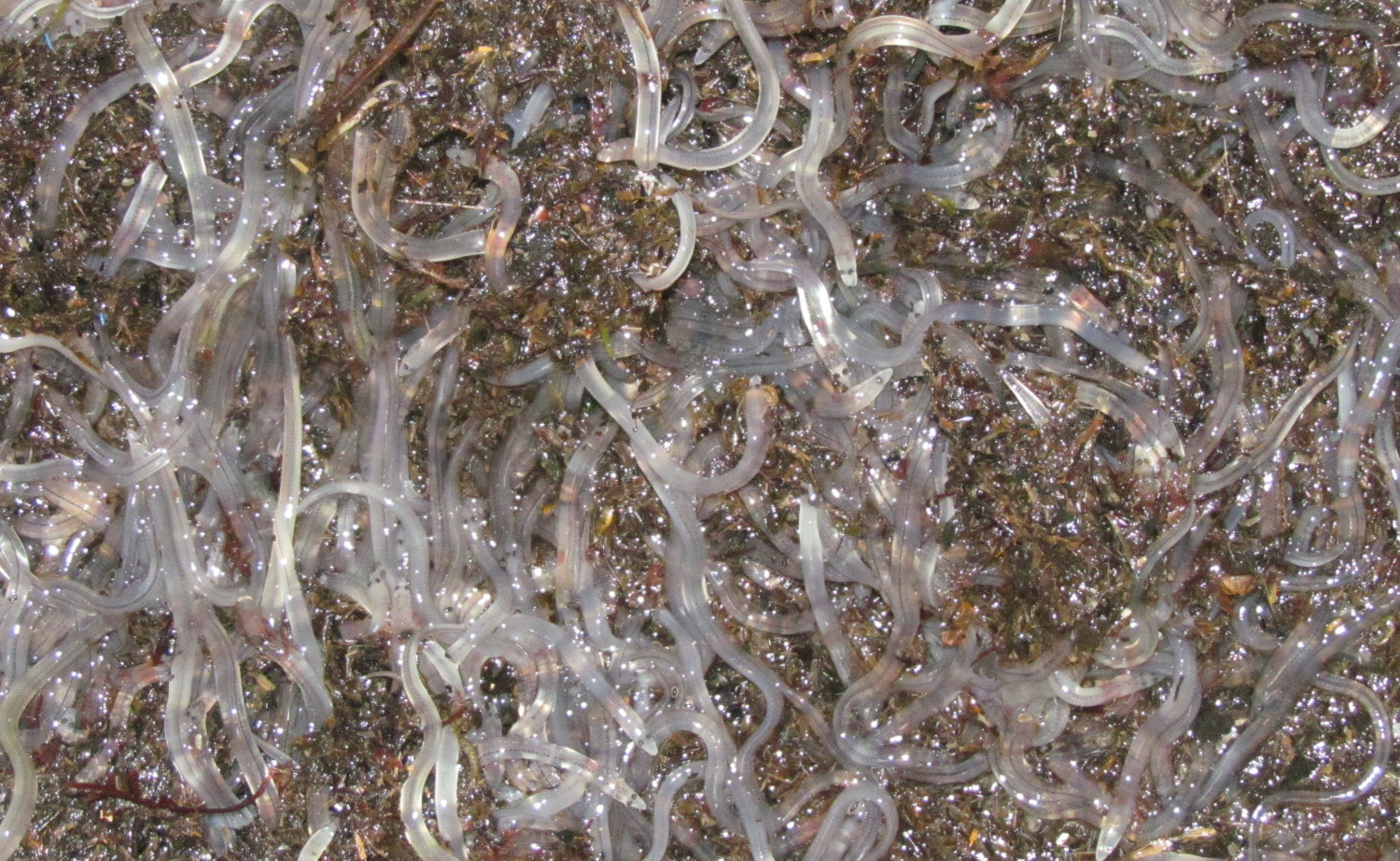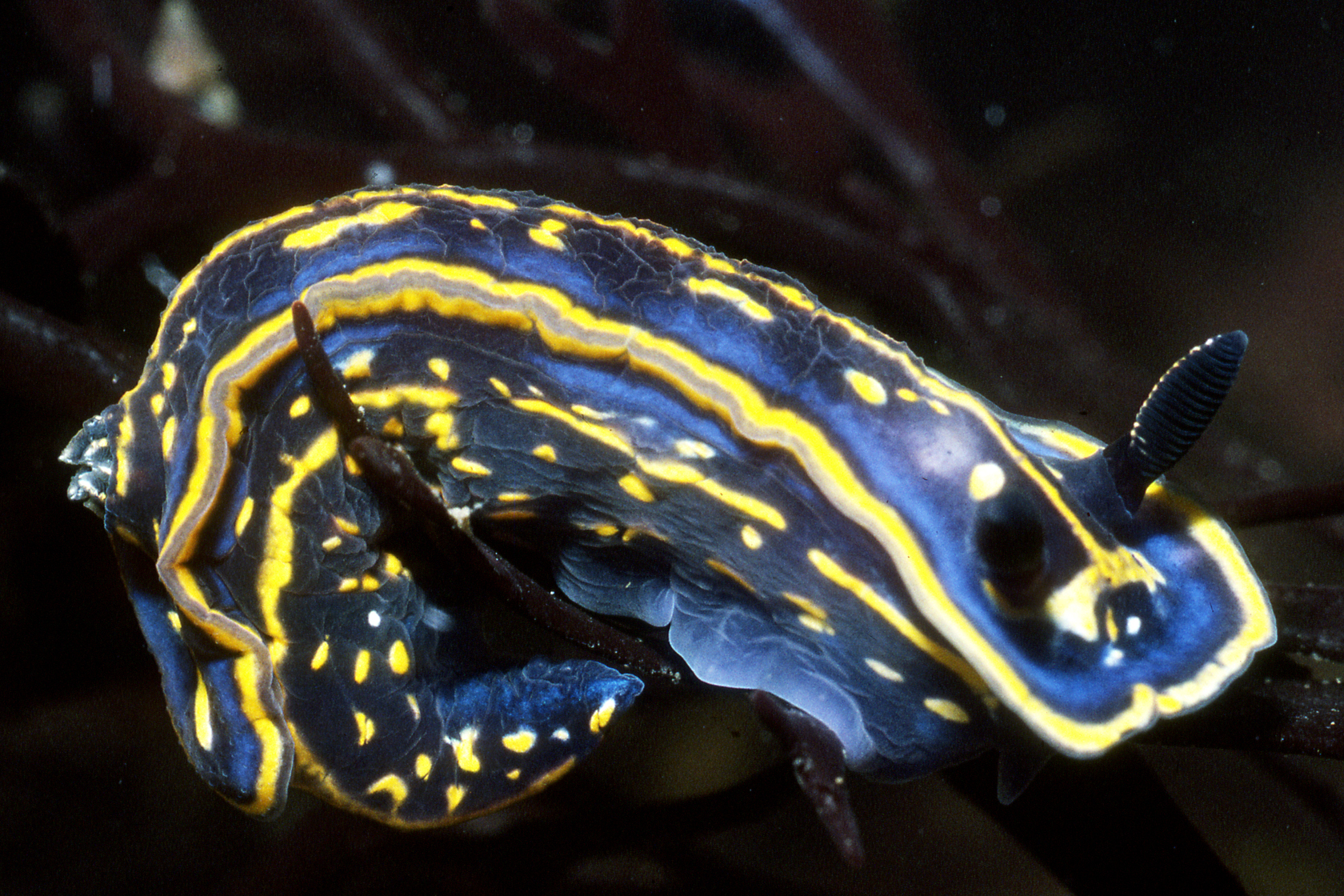So that "this last dance" is not that of the sea bream
- Most of the ‘swamps’ we used to fish on the small pier were probably kisses, but we hardly saw any big kisses. If so, it would be found in well-known restaurants, while most fish kisses had been brought from outside. Currently, young specimens of other species, such as lentils, lamotes or birlets, are also often considered as swamps in some coastal localities. To distinguish the sea bream you have to look at the larger size of the eye and the round black spot it has on the back of the clubs (hard to distinguish in the small grains). Keep it in mind and let it loose in water.

Sea bream (Pagellus bogaraveo)
Group: Vertebrate / Fish.
Size: 30-40 cm.
Where does he live? Young people are pelagic, but adults live deep (400-700 m).
What do you eat? Seabed crustaceans, molluscs, fish and plankton
Level of protection: Each recreational fisherman can only catch one copy per year (>40 cm). Commercial fishing is governed by specific regulations.
The sea bream (rice in Hondarribia) dates back to the 14th century on the Basque coast. At first, they were hand-hunted, using vertical nozzles filled with hooks. In the 19th century, fishermen began to use longlines formed by long lines of pita. Until then, the sea bream had been one of the most important fish species discharged in the Basque Country. In the 1950s, with the expansion of trawl fisheries, sea bream catches also increased for 20 years. But no more, because there wasn't. Currently, only one out of every 100 fish was fished in 1970. As for the last decade, the abundance of the sea bream has been reduced to a third.
The population of kisses in our fishing zone extends to: From the Cantabrian Sea, crossing the Gulf of Bizkaia, to Scotland. And there are two other populations that, to a lesser extent, have suffered a decline. On the one hand, the population of the southern Iberian Peninsula and, on the other, that of the Azores. Most of the ones we will find in our restaurants and in the Besugo de Orio, are probably fish from these two populations, and very little of our environment.
The process of recovering the sea bream has several challenges. On the one hand, all the kisses develop male and female skirts; all the little ones are males, and once they reach the measure of about 33 cm, at the age of 4-6 years, most become females, except a few who will keep males for the fertilization of the eggs. The specimens most appreciated by the fishermen and that can be collected legally are the largest (>36 cm in industrial fishing, >40 cm in recreational fishing), so most of those caught are female laying eggs. On the other hand, this breeding species in winter faces old Christmas customs, the most vulnerable time. And finally, the fish that live deep (adults live at depths of between 400 and 700 meters) have slow growth, being able to live between 10 and 20 years. And this suggests that even if the species is not weighed, it will take quite a few years to recover it, at least until several generations take the minimum measure to turn it into a female.
The biggest consumers of the sea bream are those of the Iberian Peninsula. Perhaps by history and custom. However, if you catch this species, which may be the best alternative to being declared a cultural heritage, in recreational fishing, please note that you can fish a large and unique copy per year. So, freeze well for Christmas, and among other things, taste the rivets, lamotes, lentils or birlots. They're all similar, small. But let's give the sea bream its chance, so that the marshes are kissed. Be it this decade (at least) and, if you play well, it will come eternally to our (itsas-h).
Itsasoan badira landareen itxura izan arren animalia harrapari diren izaki eder batzuk: anemonak. Kantauri itsasoan hainbat anemona espezie ditugun arren, bada bat, guztien artean bereziki erraz atzemateko aukera eskaintzen diguna: itsas-tomatea.
Ugaztunei eskainitako azken artikuluaren amaierako hitzak hurrengo animalia aurkezteko aitzakia paregabea dira. Bertan esaten genuen muturluzeak erreka “garbi eta txukunak” behar dituela, kutsadurarik gabeak baina elementu natural anitzekin. Animalia txiki horren... [+]
Antxoa, bokarta edo albokartia, gure arrain komertzialen artean txikiena, euskal kostaldera hurbildu da.
Katalanen ustetan artzainak engainatzen omen ditu hegazti honek: “enganyapastors”. Espainiar eta latindarrek, aldiz, ahuntzari esnea kentzen diola diote, hortik datorkio hain zuzen ere izen zientifikoan (Caprimulgus europaeus) islatzen den caprimulgus (capra... [+]
Leihatila honetan behin baino gehiagotan azaldu ditugu Ama Naturaren engainuak bere izakiak babestearren. Batzuetan, erle edo liztor itxura zuten euliak ekarri ditugu, beste batzuetan inongo arriskurik ez duten arrisku-kolorazioko intsektuak ere bai (kolorazio aposematikoa... [+]
Nekazal eremu lehor baten erdian ageri da putzua. Txikia da tamainaz, eta ez oso sakona. Egunak dira euririk egiten ez duela, baina oasi txiki honek oraindik ere aurretik bildutako urari eusten dio. Gauak eremua irentsi du eta isiltasunaren erdian kantu bakarti bat entzun da... [+]









